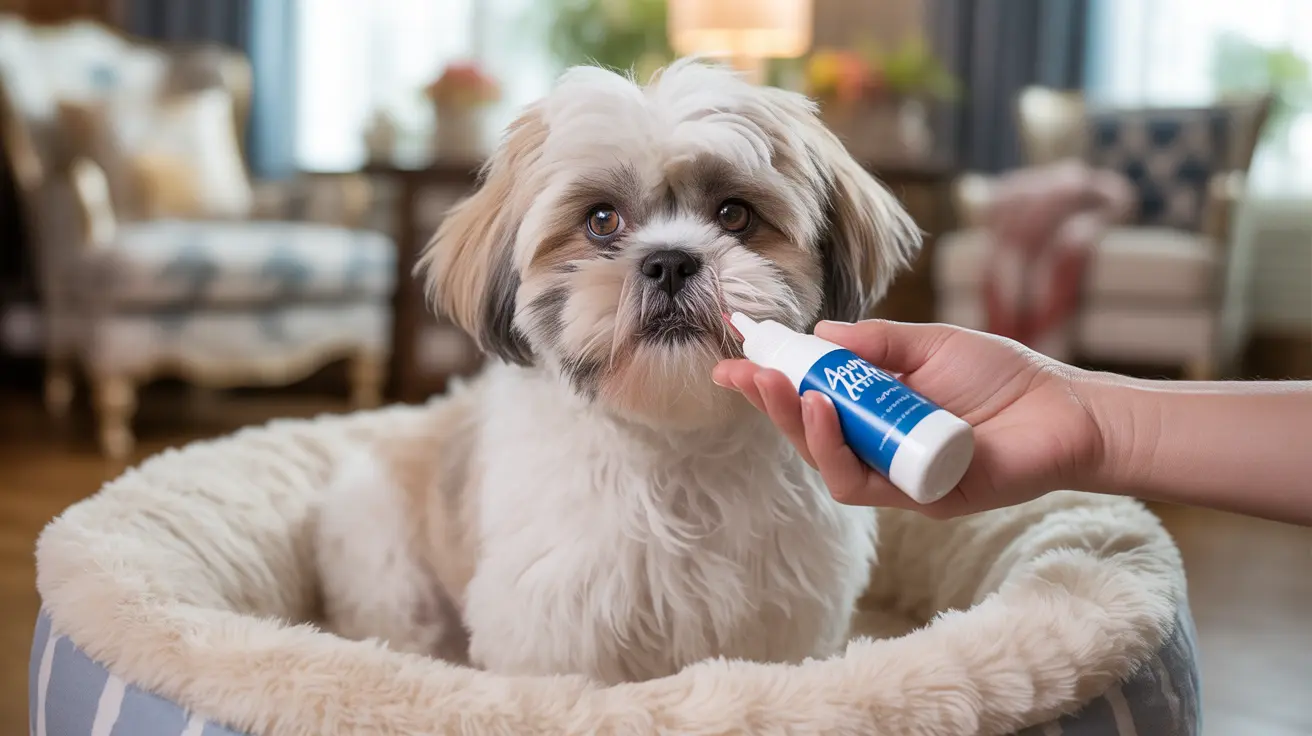Is Aquaphor Safe for Dogs? Understanding the Basics
Many pet owners wonder about using Aquaphor on their dogs, especially for minor skin issues and dry patches. While Aquaphor is generally considered safe for dogs when used properly, it's essential to understand both its benefits and limitations for canine use.
This comprehensive guide will explore the safety of Aquaphor for dogs, proper application methods, potential risks, and when to seek veterinary care instead of using this popular ointment.
Understanding Aquaphor's Composition and Dog Safety
Aquaphor contains several key ingredients, including petrolatum, mineral oil, ceresin, lanolin alcohol, panthenol, glycerin, and bisabolol. While these ingredients are generally safe for topical use on dogs, it's important to note that they're designed for human use rather than specifically for pets.
The primary active ingredient, petrolatum, creates a protective barrier that helps retain moisture and promote healing. However, this same barrier effect means careful application is crucial to avoid trapping bacteria or moisture in wounded areas.
Safe Applications for Dogs
When used appropriately, Aquaphor can help with several minor skin issues in dogs:
- Dry, cracked nose leather
- Rough or dry paw pads
- Minor cuts and scrapes
- Dry elbows and other pressure points
- Winter weather protection
Proper Application and Precautions
To safely use Aquaphor on your dog:
- Clean the affected area thoroughly
- Apply a thin layer only to the specific problem area
- Prevent your dog from licking the application site
- Monitor for any adverse reactions
- Discontinue use if irritation occurs
When to Avoid Aquaphor
Certain situations warrant avoiding Aquaphor use:
- Deep wounds or punctures
- Infected areas
- Hot spots
- Open sores
- When your dog has a history of excessive licking
- Known sensitivities to any ingredients
Professional Veterinary Alternatives
While Aquaphor can be useful for minor issues, veterinary-specific products often provide better targeted treatment for dogs. These products are formulated with canine skin pH and sensitivity in mind, potentially offering more effective and safer solutions.
Monitoring and Emergency Care
Watch for these warning signs after applying Aquaphor:
- Excessive licking or scratching
- Redness or swelling
- Digestive issues if ingested
- Changes in behavior or appetite
Frequently Asked Questions
Is Aquaphor safe to use on my dog's dry skin or minor wounds?
Yes, Aquaphor is generally safe for dogs when used in small amounts on minor skin issues. However, always clean the area first and prevent your dog from licking the application site.
How should I apply Aquaphor on my dog to avoid risks like licking or irritation?
Apply a thin layer only to the affected area and consider using an e-collar or distraction techniques to prevent licking. Monitor the site for any signs of irritation or adverse reactions.
What are the signs of an allergic reaction or side effects from Aquaphor in dogs?
Watch for redness, swelling, increased itching, or skin irritation at the application site. If your dog ingests Aquaphor, monitor for vomiting, diarrhea, or changes in appetite.
What should I do if my dog accidentally eats Aquaphor?
For small amounts, monitor your dog for digestive upset. For large ingestions, contact your veterinarian immediately. Don't induce vomiting unless directed by a professional.
Are there safer or vet-recommended alternatives to Aquaphor for dog skin care?
Yes, many veterinary-specific products are available that are formulated specifically for dogs. Consult your veterinarian for recommendations tailored to your dog's specific skin concerns.
Conclusion
While Aquaphor can be a safe and effective solution for minor skin issues in dogs, it's crucial to use it properly and know when to seek veterinary care instead. Always consult with your veterinarian for persistent skin problems or if you're unsure about using any human products on your pet.






